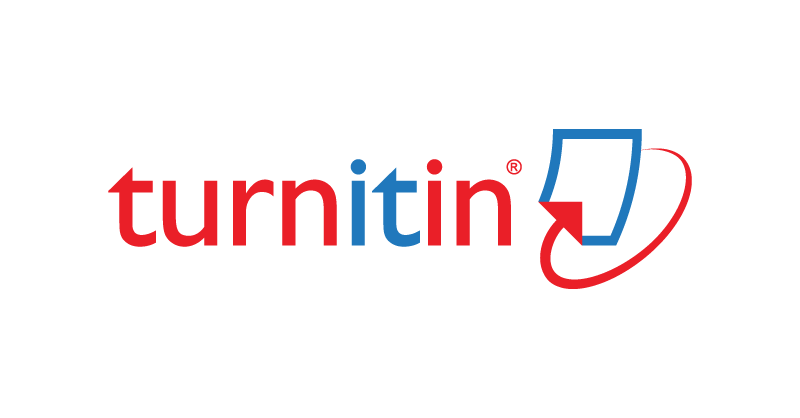Development of Model for Technoprenuership for Students at Universitas Sumatera Utara
DOI:
https://doi.org/10.32734/jsti.v24i1.7703Keywords:
Technopreneur, Model, Incubation, Simulation, Dynamic ModelAbstract
The number of entrepreneurs who are expected to become innovative industries in Indonesia only reached 0.24% of Indonesia's total population. College plays an important role in motivating young graduates to become technopreneurship. The number of innovations that arise compared to innovative product innovations is still very minimum every year. The main problem faced by students is that 52.15% of students don’t continue their innovation products because they don’t get funding 13.50% of students don’t continue their innovation products because they don’t know what to do, do, and don't get technical guidance, 11.66% of students want to graduate on time, 10.44% don’t get mentors/coaches who know how to develop and guide students well, 6.75% of students that there is no incubation platform, 5.5% of students do not dare to take the risk to enter the technopreneur world. Researchers then designed a dynamic model of technopreneur incubation and simulated a design model that aims to see how far the model can help innovative products get funding. The simulation was conducted with three scenarios. The result was 17.6% increase when the incubation program was extended, an increase of 27.46% when there was an improvement in infrastructure and 21.47% when mentor capacity was lowered.
Downloads
References
Depositario D. P. T., Aquino N. A., & Feliciano K.C,. “Entrepreneurial skill development needs of potential agri-based technopreneurships,†ISSAAS, vol. 17, no. 1, pp. 106-120. 2011.
Guadix, Jose., Carillo-Castrillo, Jesus., Onieva, Luis., Navascus, Javier, “Success variables in science and technology parks,†Journal of Business Research. 2016.
Hamdan, “Model inkubator bisnis untuk menumbuhkan kompetensi kewirausahaan,†Jurnal Penelitian Pendidikan, vol.14, no.1, pp. 87-96. 2013.
Dewanto, Indahwati, N., & Handajani, S, “Strategies to Develop Technopreneurship-ship in College (Best Practices in the Implementation of Community Service Through the Entrepre-neurship Development Program Scheme),†Jurnal Pemberdayaan Masyarakat Madani (JPMM), vol. 5, no. 2, pp. 242-257. 2021
Aerts, K., Matthyssens, P., and Vandenbempt, K, “Critical Role and Screening Practices of European Business Incubators,†Technovation, vol. 27, no. 5, pp. 254–267. 2007.
Wang, Z., He, Q., Xia, S., Sarpong, D., Xiong, A., & Maas, G, “Capacities Of Business Incubator and Regional Innovation Performance,†Technological Forecasting and Social Change, pp. 1-44. 2020
Mopangga, Herwin, “Studi Kasus Pengembangan Wirausaha Berbasis Teknologi (technopreneruship) Di Provinsi Gorontalo,†Jurnal Trikonomika, vol. 14, no.1, pp. 13-24. 2015.
Kurniawan, Fajar, “Implementasi sistem dinamik pada pengembangan pola kemitraan industri kecil dan menengah di DKI Jakarta,†INASEA, vol. 9, no. 2, pp. 129-138. 2008
Mopangga, Herwin, “Studi Kasus Pengembangan Wirausaha Berbasis Teknologi (technopreneruship) Di Provinsi Gorontalo,†Jurnal Trikonomika, vol. 14, no.1, pp.13-24. 2015.
Wicaksana, Danis Eka Prasetya, Kerangka sistem pengembangan perusahaan pemula berbasis teknologi luaran perguruan tinggi: studi kasus PIT UNS. Penerbit UNS, Surakarta, 2016.
Wulung, R.B. Seno., Takahashi, Katsuhiko., Morikawa, Katsumi, “An Integrated Technology and Financial Support Model in Technology Incubator,†International Conference on Responsible Innovation & Entrepreneurship. 2013.
Widyarini, Lidya Ari., Lasdi, Ladovicus., Mulia, Teodora Winda, “Faktor- faktor yang mempengaruhi technopreneruship di UNIKA Widya Mandala Surabaya,†Seminar Nasional Kewirausahaan dan Inovasi Bisnis. 2012.
Somsuk, Nisakorn., Wonglimpiyarat, Jarunee., Laosirihongthong, “Technology Business Incubators and Industrial Development: Resources- Based View,†Journal of Industrial Management and Data Systems, vol. 112, no.2, pp. 245-267. 2011.
Downloads
Published
How to Cite
Issue
Section
License
Copyright (c) 2022 Jurnal Sistem Teknik Industri

This work is licensed under a Creative Commons Attribution-ShareAlike 4.0 International License.
The Authors submitting a manuscript do so on the understanding that if accepted for publication, the copyright of the article shall be assigned to TALENTA Publisher Universitas Sumatera Utara as the publisher of the journal.
Copyright encompasses the rights to reproduce and deliver the article in all forms and media. The reproduction of any part of this journal, its storage in databases, and its transmission by any form or medium will be allowed.



















